Focus - College isn't for everyone
 SAN ANTONIO - Moreno is a former Career & Technology Education (CTE) instructor, during which time he worked to build the gap between construction companies and schools. He is currently visiting the CTE program at the Schertz-Cibolo-Universal City ISD, trying to make connections between construction companies and the district’s schools.
SAN ANTONIO - Moreno is a former Career & Technology Education (CTE) instructor, during which time he worked to build the gap between construction companies and schools. He is currently visiting the CTE program at the Schertz-Cibolo-Universal City ISD, trying to make connections between construction companies and the district’s schools.
“They have a wonderful architecture and construction program at the SCUC ISD schools. The students are learning and using three-dimensional computer-aided software and are learning how to weld and read plans, giving them a hands-on application of learning.”
What areas of education need to be improved to better serve the construction industry?
During my last couple of years in education, I began to study Texas high school graduates and higher learning. Through my research, I found that only 20 percent of Texas high school graduates obtain a college degree. This might have changed in the last four years, but I don’t expect it has changed that much. Even though only 20 percent of high school graduates obtain a college degree, many, if not most, high schools focus more time preparing students for college rather than preparing them for the workforce.
The education industry needs to improve in this area. They need to do a better job of identifying the youth that does not want to attend college and help them acquire skills that will make them valuable to companies, such as those in the construction industry. Reaching out to companies in the construction industry, identifying what skills, education, training and certifications would benefit students interested in construction jobs, would help to ensure a higher success rate for both students and companies.
Why aren’t young people looking to construction as a career?
There are several reasons why young people are not looking to the construction industry for jobs. One reason is that 30 to 40 years ago there was a certain stigma attributed to manual labor jobs such as those in the construction industry. Many people would say, “Get an education; you don’t want to dig ditches for the rest of your life”. This got people to believe that vocational jobs were not worthwhile occupations. Now, you might want to reconsider the digging ditches job because you will probably be doing it with heavy equipment with a possible starting pay between $20 and $25 per hour.
The second reason is that students are not being encouraged to consider construction careers. This has to do with educational institutions not being in touch with the students’ interests, abilities, skills and aptitudes. During my last four years as an instructor, I conducted annual student interest surveys. I always found that a good percentage of my students were interested in construction jobs.
What does the construction industry need to do to attract the next generation of youth into the industry?
Everyone in the construction industry is very busy performing his or her jobs. It is hard to take the time to get involved with the schools to help educate and train the next generation of skilled workers. Having said that, that is exactly what it is going to take. Construction companies must take the time to get involved with the schools of their communities. They can do this by providing internships, mentorships, job shadows, etc.
I currently attend the Schertz-Cibolo-Universal City ISD Career & Technology Advisory Committee meetings. This is a great way to get involved because it gives the companies the opportunity to influence the education system in their area. It is easy for everyone in the construction industry to throw their hands up and say, “Oh, these kids don’t want to learn, they just want to play video games and talk on their cell phones” or we can get involved and do something about it.
How can contractors get involved in the school systems to educate the youth on construction careers?
As I mentioned before, everyone in the construction industry is very busy and it is difficult to carve out time to get involved. Having said this, if construction companies don’t find the time to get involved with the school systems, eventually the companies will age-out.
Reach out to the school district or high school in your area. One phone call won’t take more than 10 to 15 minutes. If possible, hire someone or find an existing employee that might be interested in collaborating with the schools. The persons that you might want to contact are the CTE teachers, CTE coordinators, college and career advisors, etc. You can also contact the Career and Technology Education Coordinator (CTE) at the school district.
Once you have made the initial contact, ask if it is acceptable to visit the school and meet with the program staff. If possible, get involved with the CTE Advisory Committee. They usually only meet three times a year with meetings lasting no more than an hour and a half.
Lastly, make contributions to the CTE programs. These contributions will help to make a positive impact on the students. Though monetary contributions are always helpful, there are other ways to contribute such as providing internships, jobs, job shadows, mentorships, etc.
Setien & Associates is a structural design and steel fabricator in Schertz, TX.
- cmw
SAN ANTONIO Construction News - the industry's newspaper in Texas
- Created on .
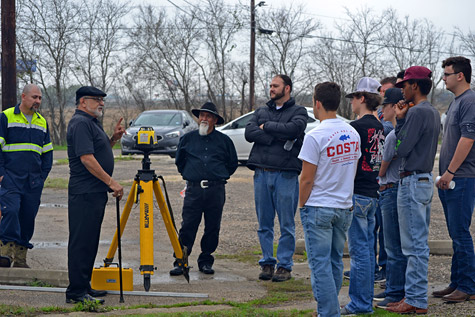 Setien and Associates hosted a great group of students in the Agriculture Facilities Design and Fabrication from Schertz-Cibolo-Universal City ISD Career & Technology for Job Shadow Day.
Setien and Associates hosted a great group of students in the Agriculture Facilities Design and Fabrication from Schertz-Cibolo-Universal City ISD Career & Technology for Job Shadow Day.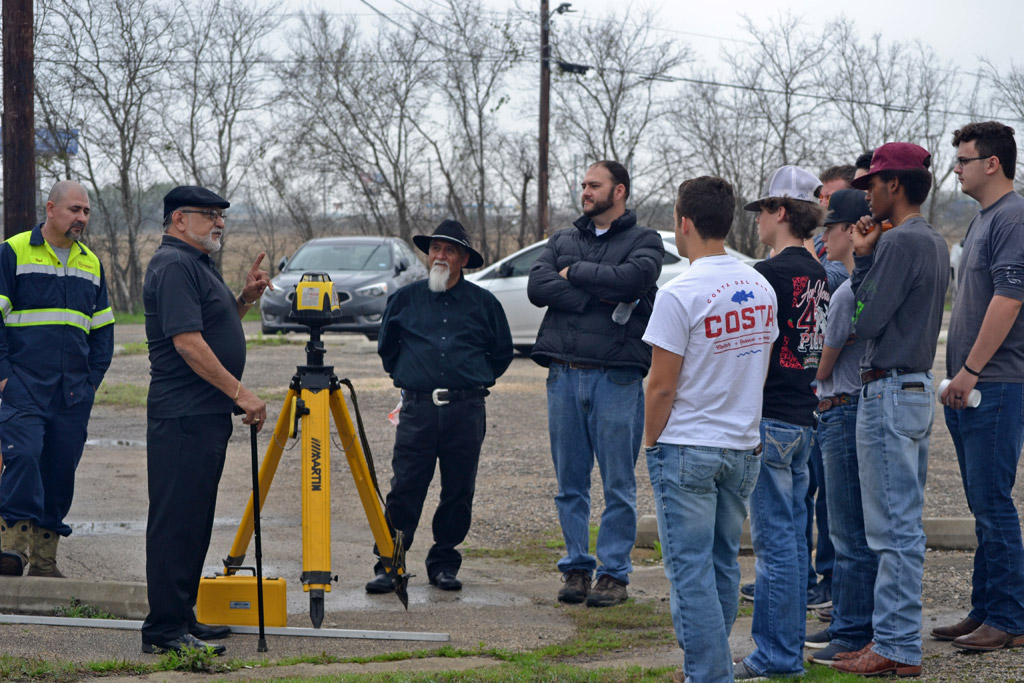
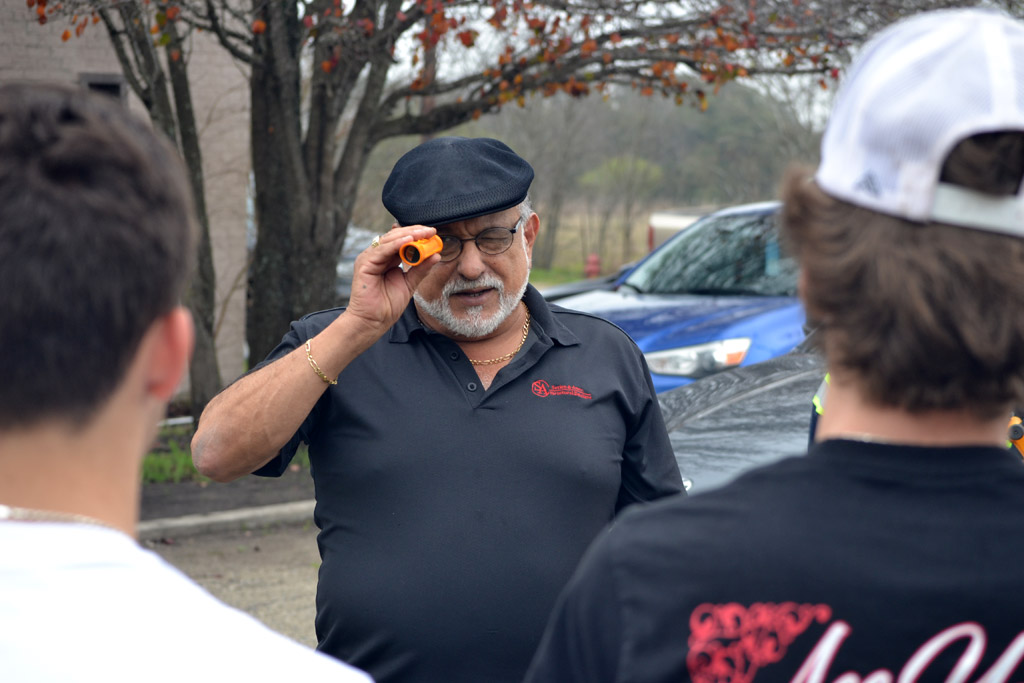
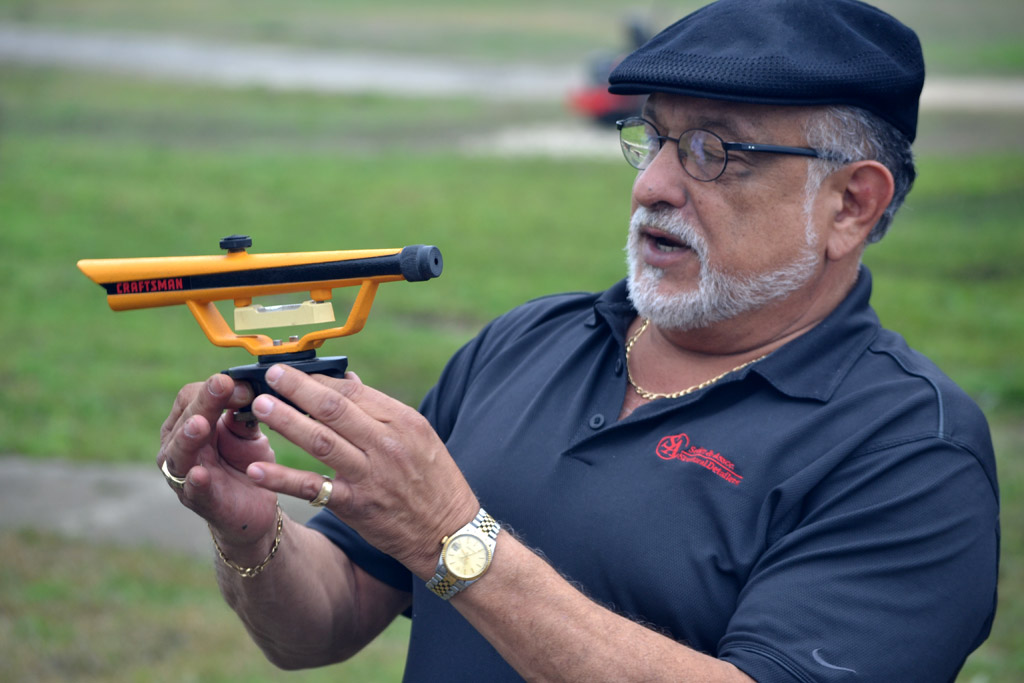


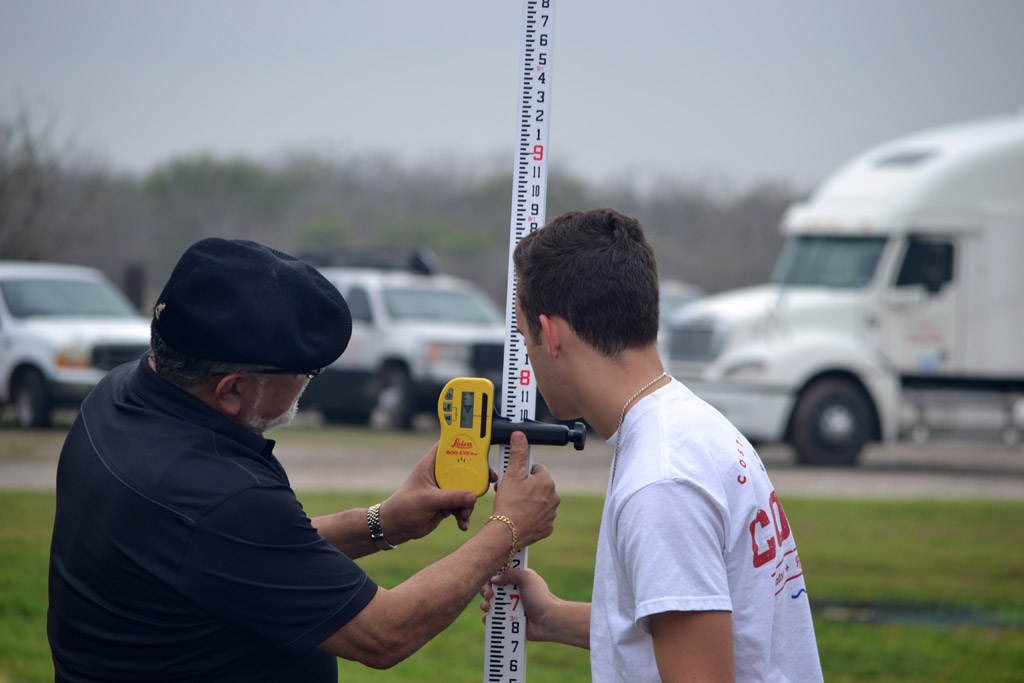

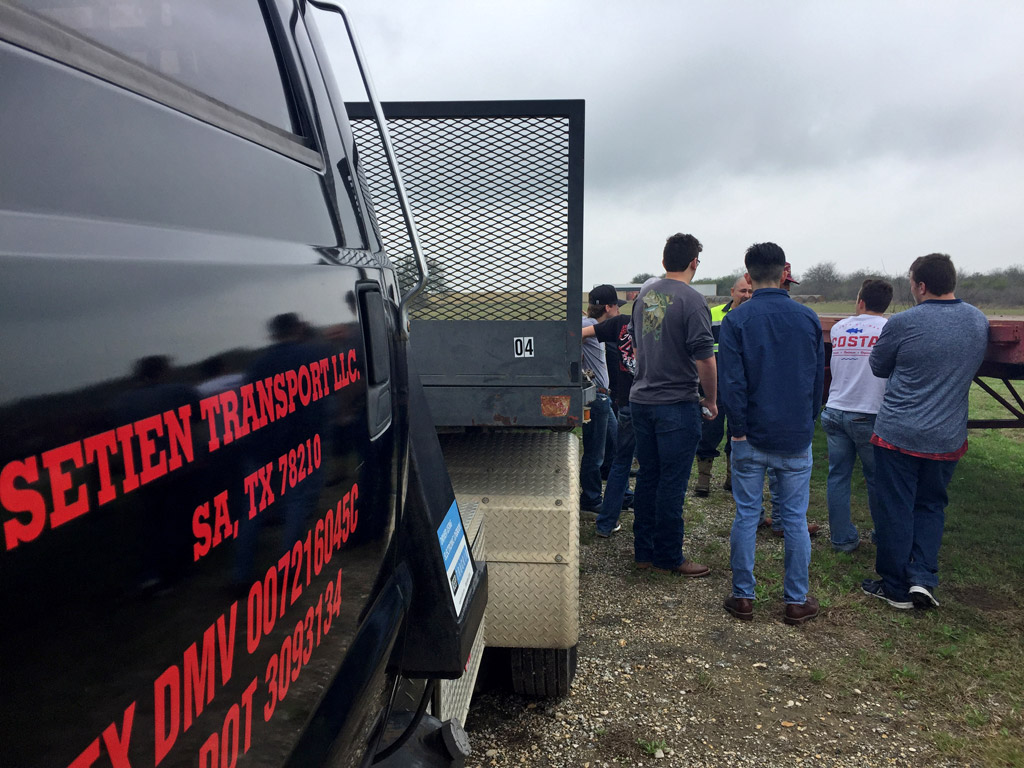
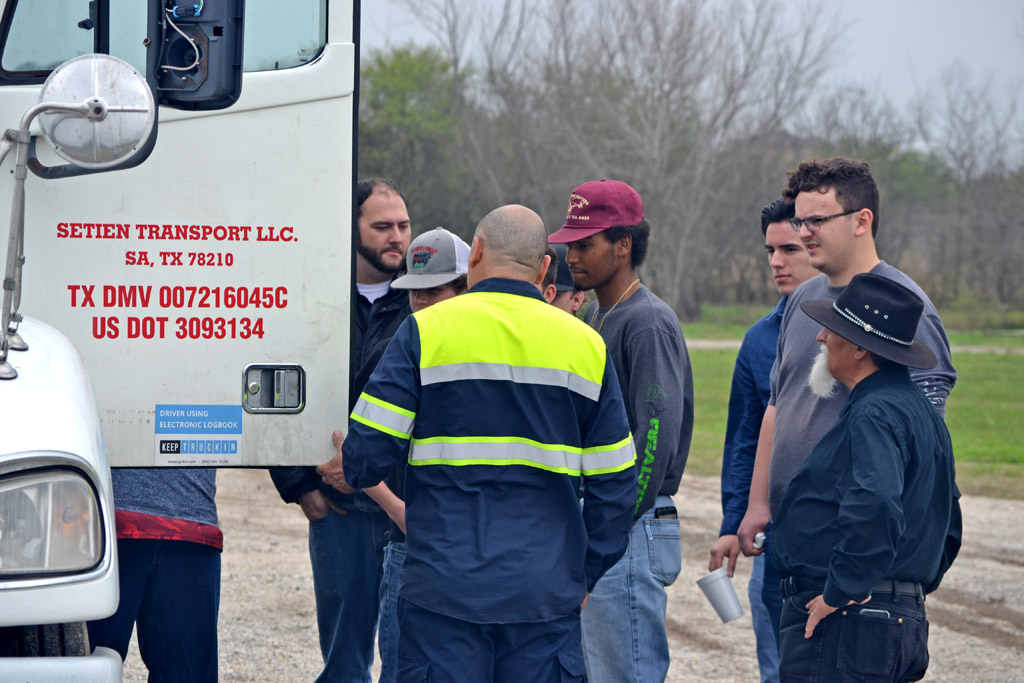
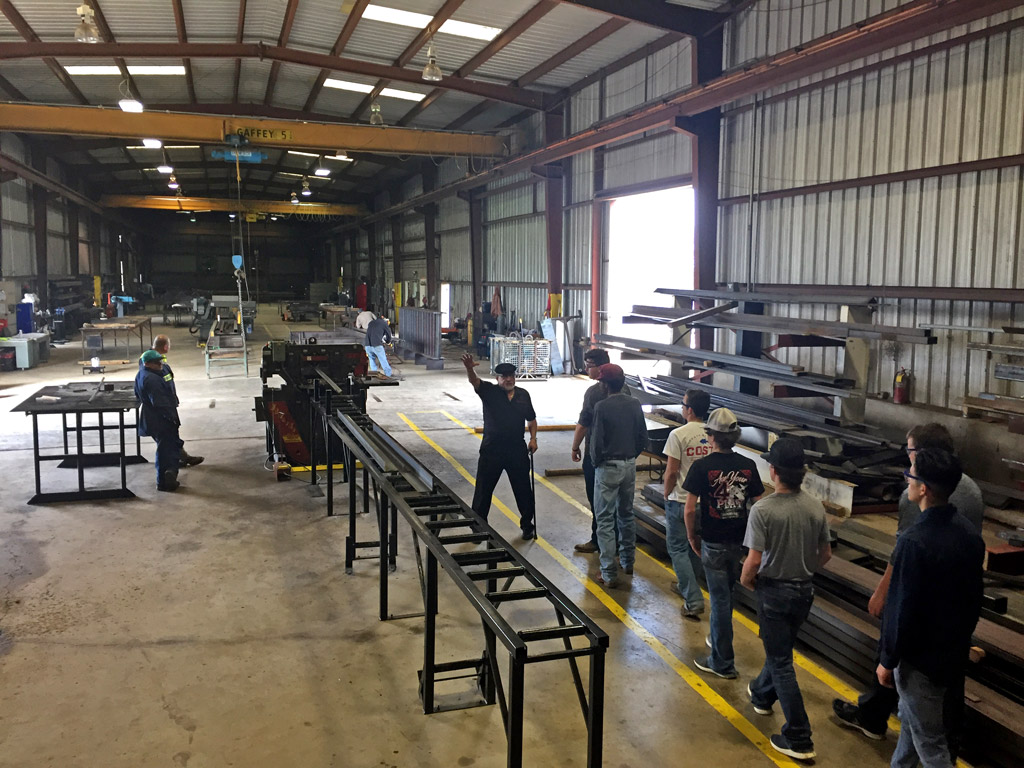
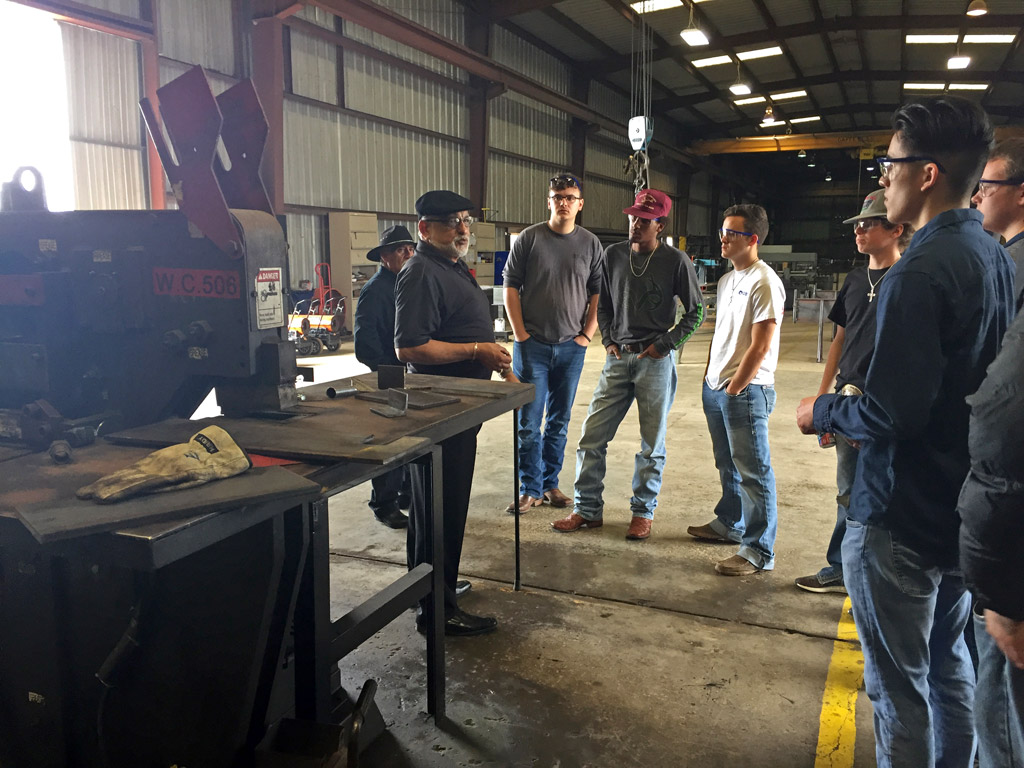
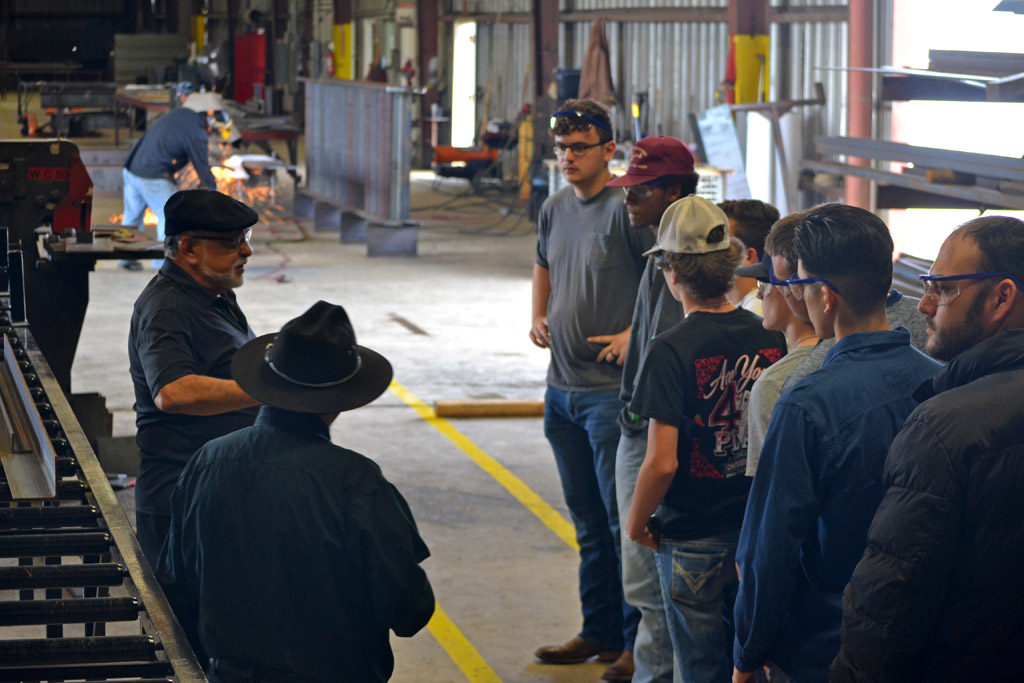
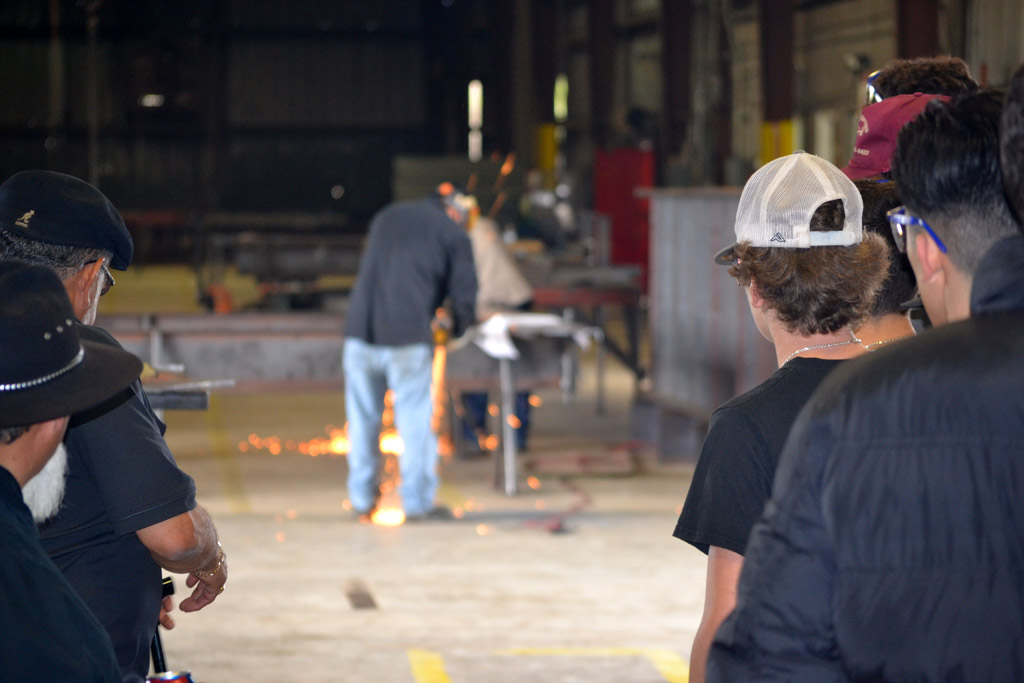
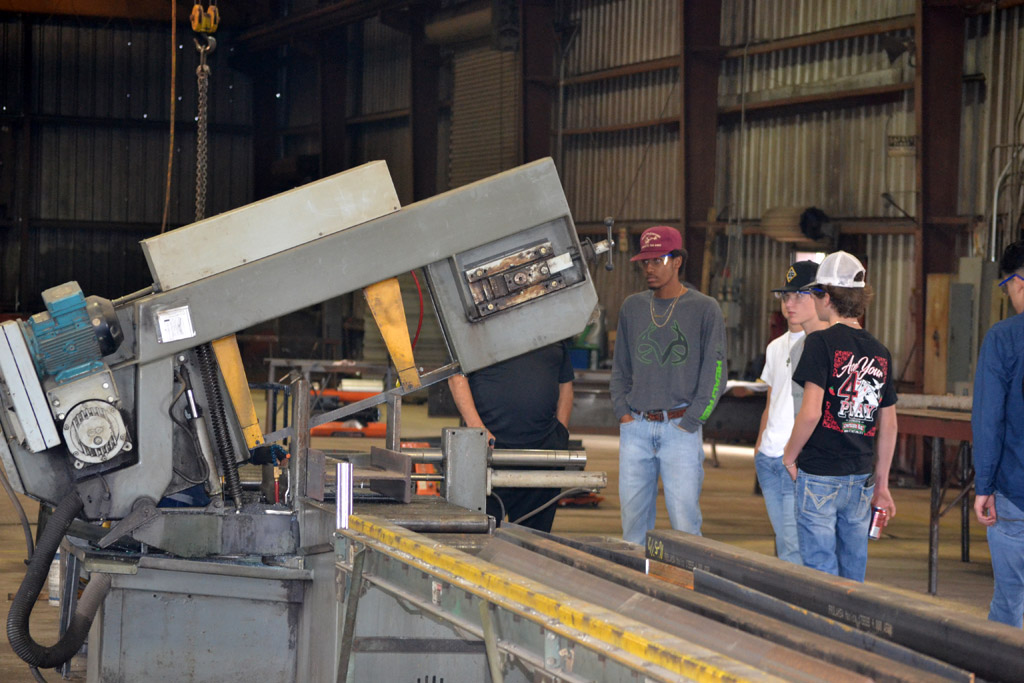
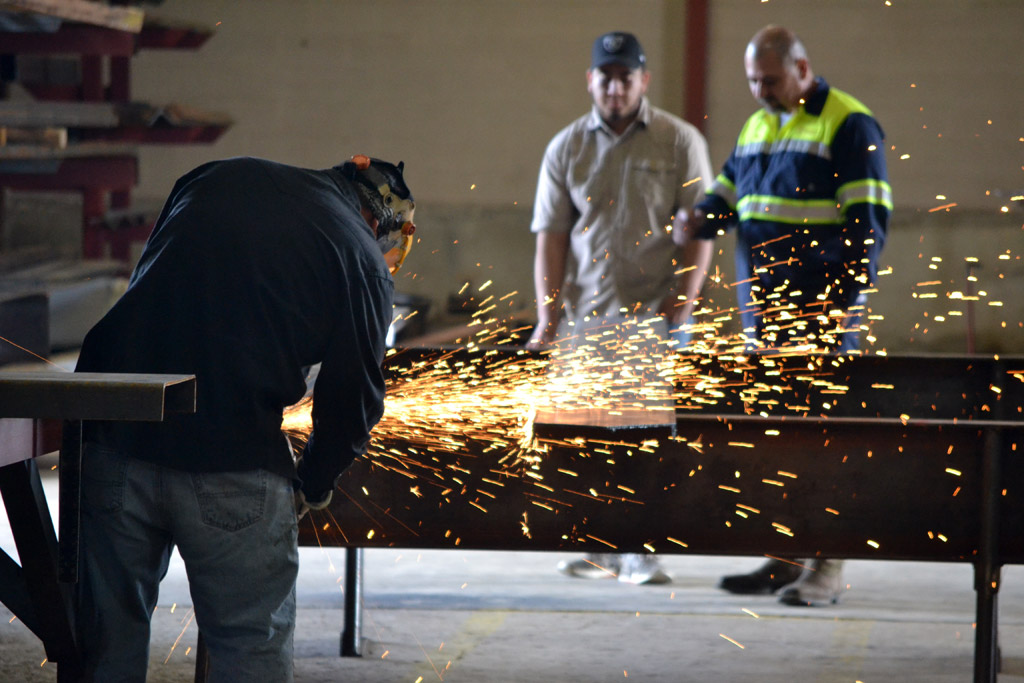
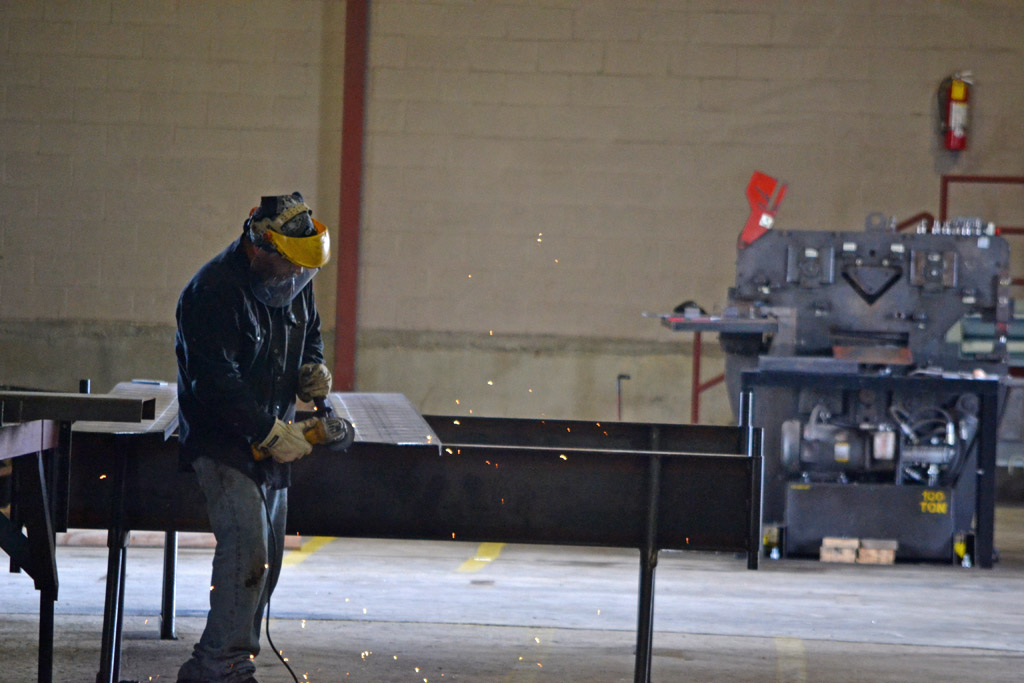
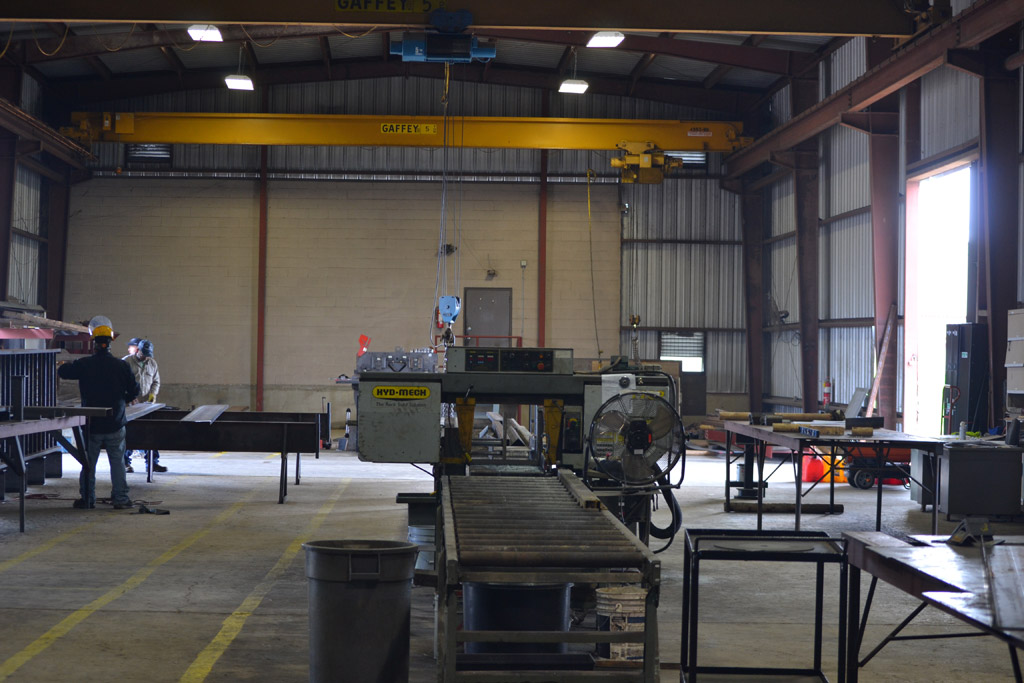
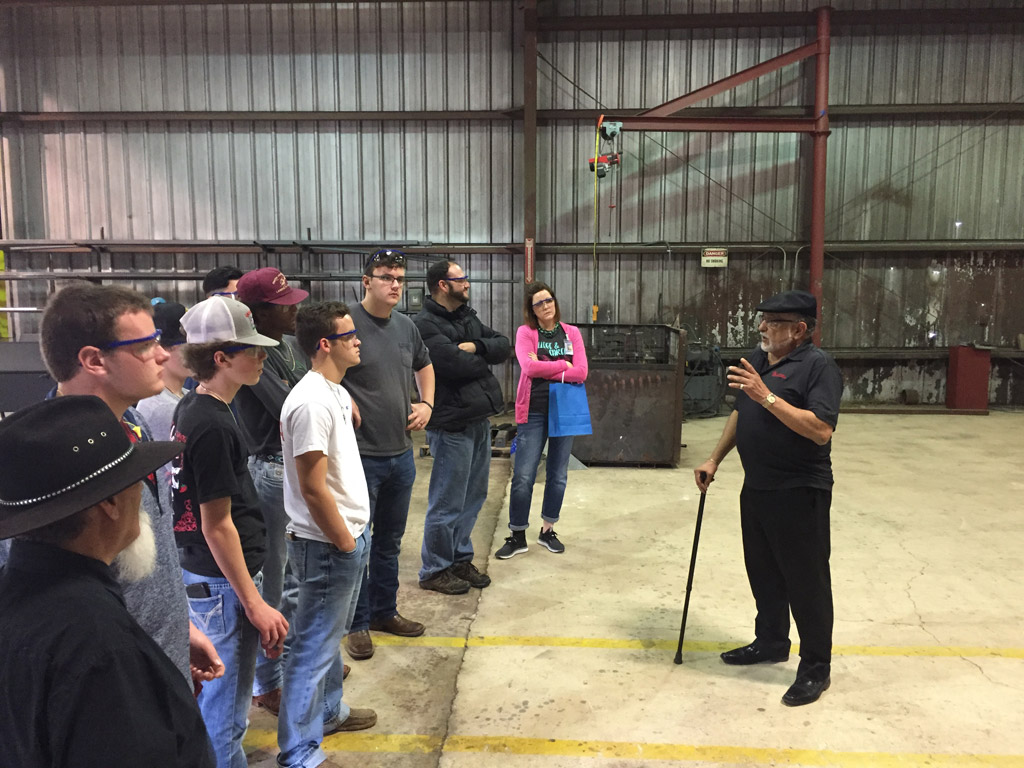
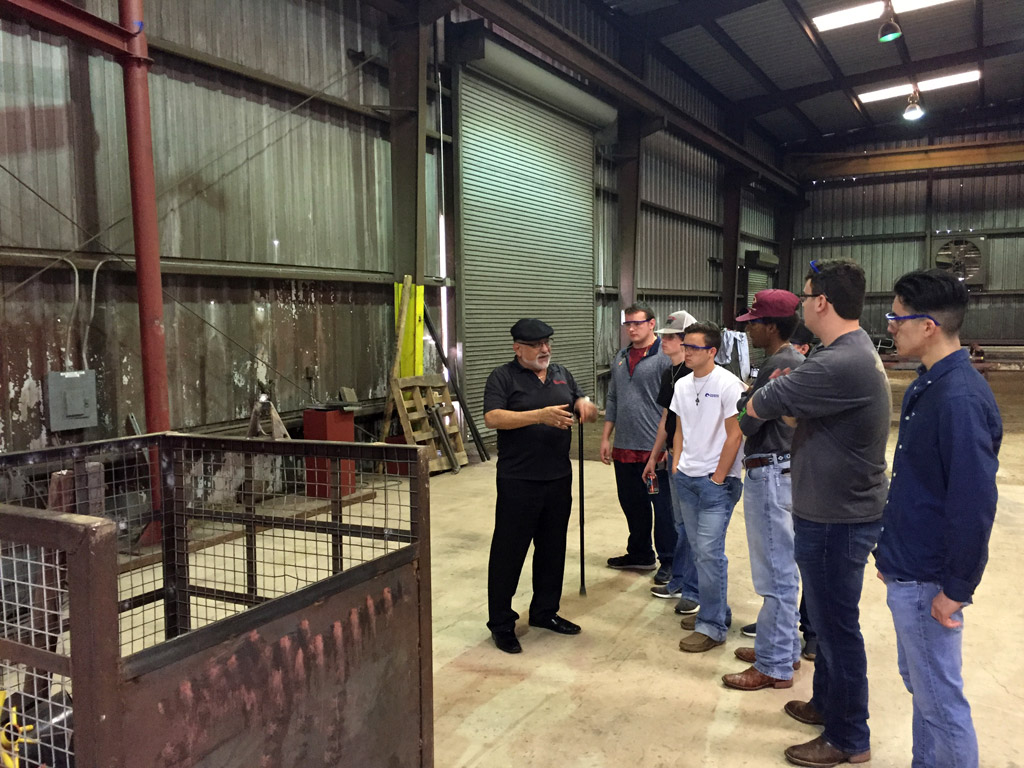
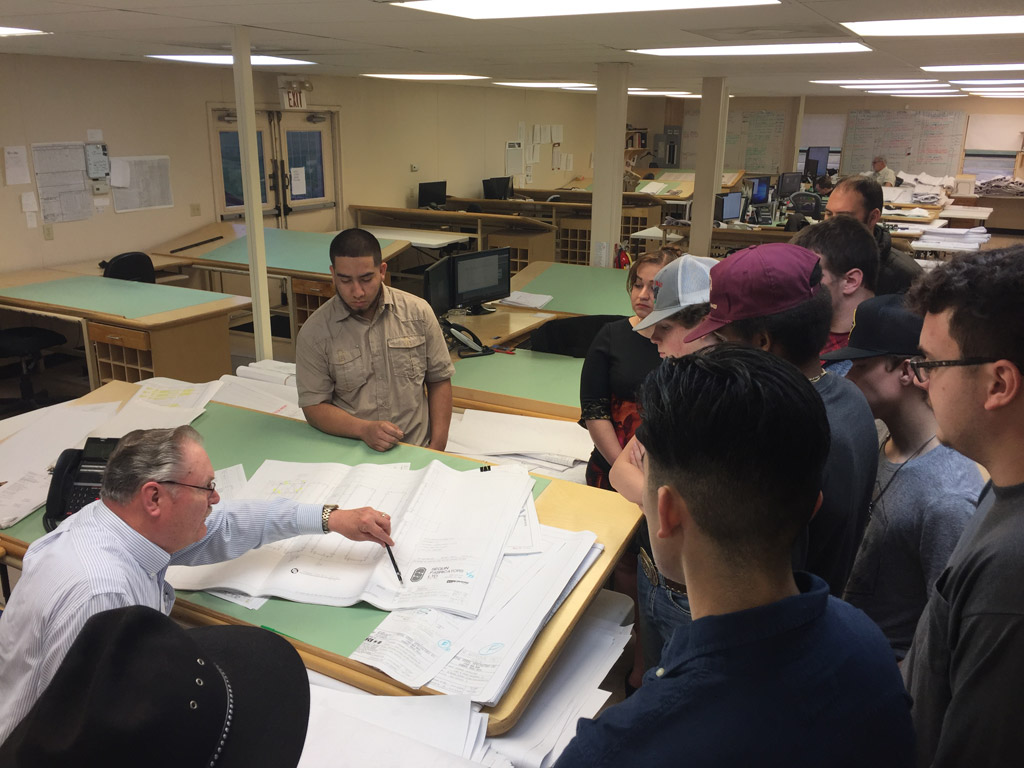
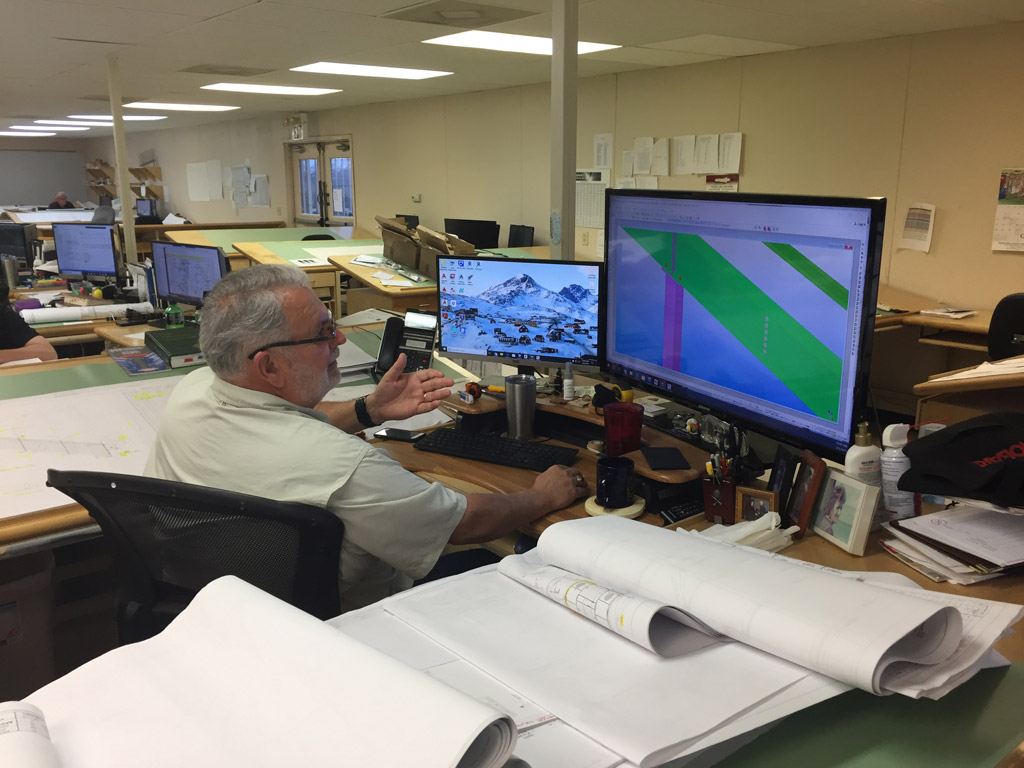
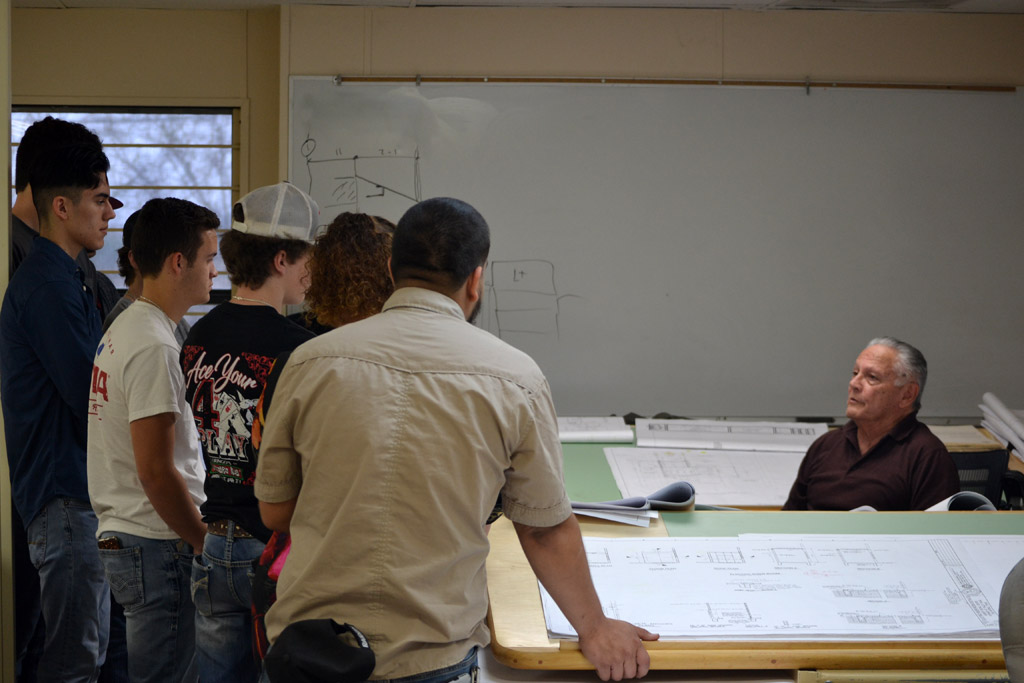
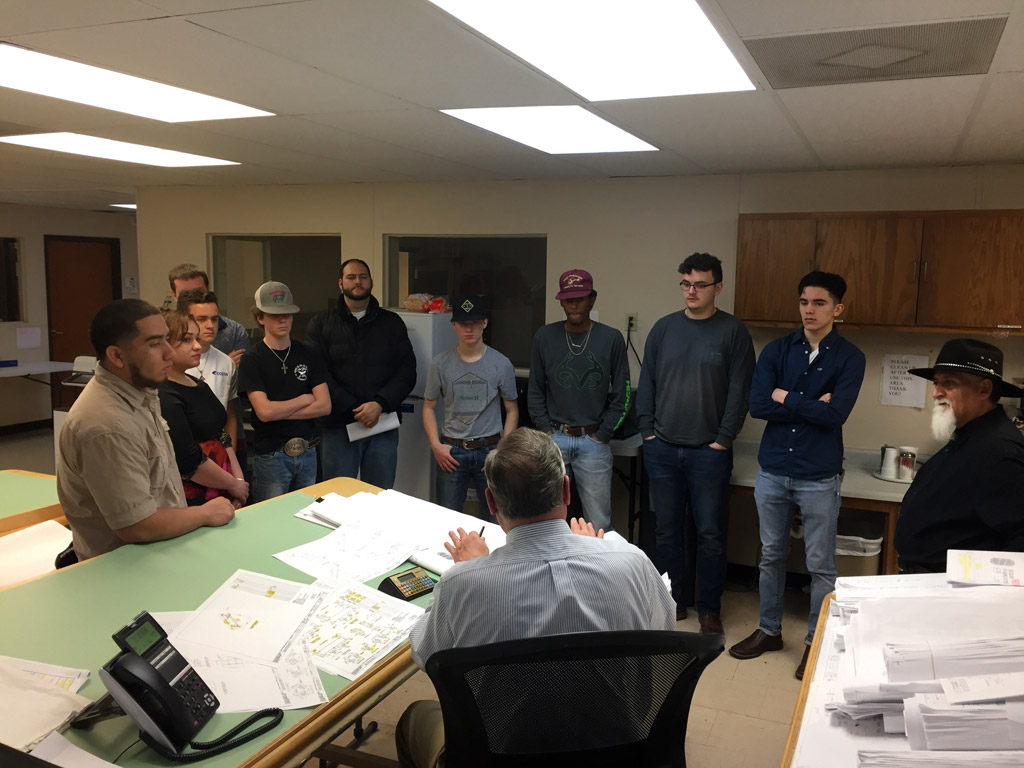
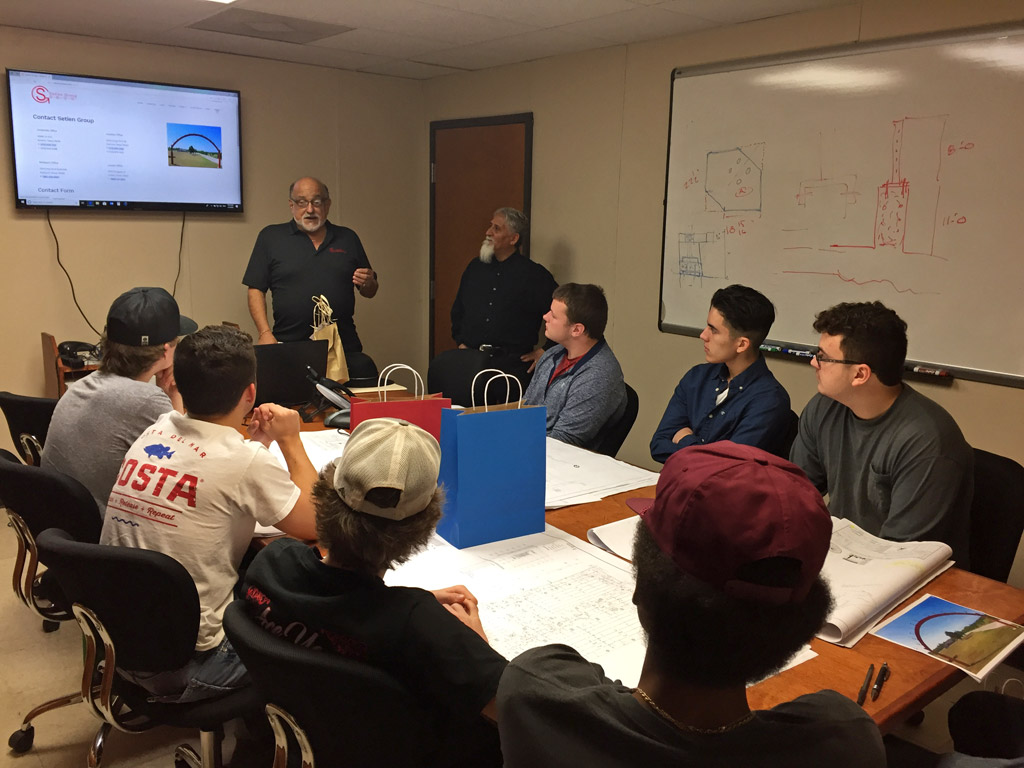
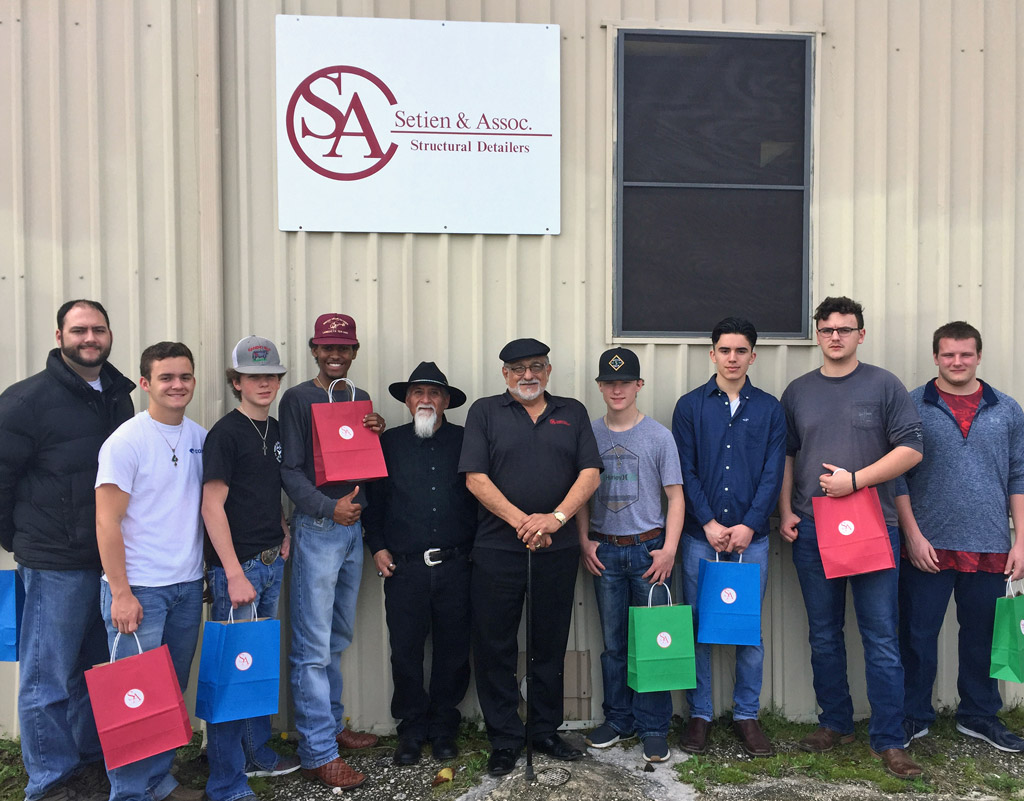
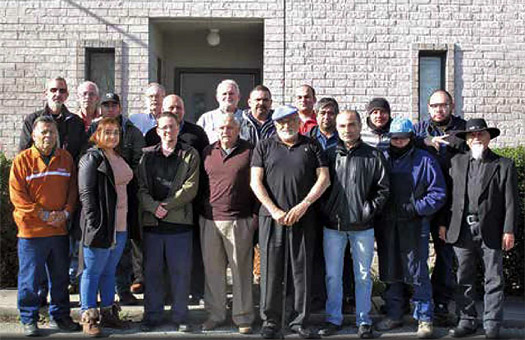 AUSTIN - A young man of 14 getting ready to start high school usually only has one or two things on his mind. Likewise, a father with a daughter preparing to start high school has only one thing dominating his thoughts as well.
AUSTIN - A young man of 14 getting ready to start high school usually only has one or two things on his mind. Likewise, a father with a daughter preparing to start high school has only one thing dominating his thoughts as well.